-
 bitcoin
bitcoin $115692.075601 USD
5.13% -
 ethereum
ethereum $4162.931611 USD
11.68% -
 bnb
bnb $1310.063287 USD
17.56% -
 tether
tether $1.000983 USD
0.00% -
 xrp
xrp $2.534505 USD
8.16% -
 solana
solana $198.235737 USD
13.49% -
 usd-coin
usd-coin $1.000236 USD
0.02% -
 dogecoin
dogecoin $0.207352 USD
12.89% -
 tron
tron $0.323043 USD
3.62% -
 cardano
cardano $0.701559 USD
11.88% -
 hyperliquid
hyperliquid $39.924597 USD
8.30% -
 chainlink
chainlink $18.934457 USD
11.56% -
 ethena-usde
ethena-usde $1.000552 USD
0.02% -
 stellar
stellar $0.340575 USD
7.05% -
 bitcoin-cash
bitcoin-cash $545.011757 USD
8.86%
How is margin calculated for Ethereum contracts?
Margin in Ethereum futures depends on leverage, contract value, and type—higher leverage reduces initial margin but increases liquidation risk, especially during volatility.
Sep 24, 2025 at 12:36 pm
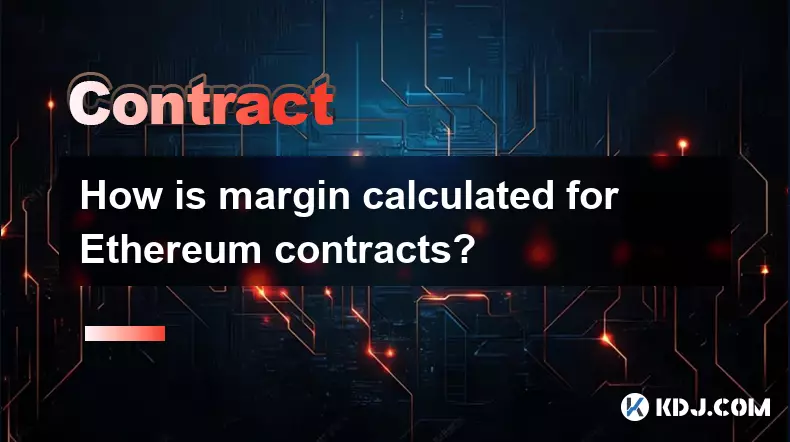
Understanding Margin in Ethereum Futures Contracts
1. Margin for Ethereum contracts is determined based on the leverage selected and the total value of the position opened on a derivatives exchange. When traders enter into a futures contract for ETH, they are required to deposit a fraction of the total contract value as collateral. This amount is known as the initial margin. The calculation typically involves multiplying the current price of Ethereum by the contract size and then dividing by the leverage ratio. For example, if Ethereum is trading at $3,000, the contract size is 1 ETH, and the leverage is 10x, the initial margin needed would be $300.
2. Exchanges often express margin requirements as a percentage. A 10% margin requirement equates to 10x leverage, meaning the trader must put up 10% of the total position value. Some platforms dynamically adjust margin rates depending on market volatility or liquidity conditions. Higher volatility may trigger higher margin requirements to mitigate risk exposure for both the platform and other market participants.
3. Maintenance margin is another critical component. It represents the minimum amount of equity that must be maintained in the account to keep the position open. If the value of the position moves against the trader and the account balance drops below this threshold, a margin call occurs. At this point, the trader must either deposit additional funds or face automatic liquidation of their position.
4. Different types of Ethereum contracts—such as inverse futures denominated in BTC or USD-margined contracts—affect how margin is calculated. In USD-margined contracts, profits and losses are settled in stablecoins like USDT or USD, making margin calculations more straightforward for traders familiar with fiat valuations. In contrast, inverse contracts use ETH as collateral, which introduces additional complexity due to fluctuating ETH prices affecting the real-time margin level.
5. Risk management protocols built into exchanges also influence margin mechanics. Tiered maintenance margin systems increase the required margin as position size grows, discouraging excessive concentration. These models help prevent cascading liquidations during sharp price swings by ensuring larger positions carry proportionally higher buffers.
Key Factors Influencing Margin Requirements
1. Leverage plays a central role in determining how much margin is necessary. Platforms offer various leverage options, commonly ranging from 2x to 100x. Higher leverage reduces the initial capital needed but increases the risk of liquidation due to smaller adverse price movements.
2. Market volatility directly impacts margin policies. During periods of high price fluctuation, exchanges may raise margin requirements preemptively. This adjustment protects the system from sudden insolvencies caused by rapid liquidations across multiple accounts.
3. Contract type influences whether margin is posted in cryptocurrency or stable assets. For instance, when using ETH as margin for an inverse perpetual swap, depreciation in ETH’s value not only affects the position’s profitability but also erodes the collateral itself, increasing the chance of margin deficiency.
4. Funding rates in perpetual contracts do not alter margin calculations directly but affect the cost of holding a position over time. Positive or negative funding payments can gradually reduce available margin, indirectly influencing the likelihood of a margin call.
5. Exchange-specific rules govern isolated versus cross-margin modes. In isolated margin, only a designated portion of the account balance backs a specific position, limiting potential losses. Cross-margin uses the entire account balance as collateral, offering more flexibility but exposing all funds to liquidation risk.
Liquidation Mechanics and Margin Buffering
1. Liquidation occurs when the equity in a leveraged position falls below the maintenance margin level. Each exchange employs a liquidation engine that monitors open positions in real time. Once the threshold is breached, the system automatically closes the trade to prevent further losses.
2. The distance between the current mark price and the liquidation price depends on leverage and entry price. Positions taken at 50x leverage have significantly narrower liquidation buffers compared to those at 5x. Traders can estimate their liquidation price using formulas provided by most trading interfaces.
3. Insurance funds are used by many exchanges to cover losses from deeply underwater positions. If a position is liquidated but the sale does not recover the full debt, the insurance fund absorbs the shortfall. This mechanism maintains platform solvency and prevents socialized losses among users.
4. Some platforms implement a partial liquidation model, where only a portion of the position is closed to bring the margin ratio back to acceptable levels. This approach preserves part of the trade in hopes of recovery, reducing the abruptness of full position termination.
5. Stop-loss orders and take-profit settings allow traders to manage margin exposure proactively. While these tools do not change margin calculations, they help maintain sufficient equity in volatile markets by exiting positions before reaching critical thresholds.
Frequently Asked Questions
What happens if my Ethereum futures position gets liquidated?Upon liquidation, the exchange automatically closes your position to prevent further losses. Any remaining margin after covering the deficit is returned to your account. In cases where the position cannot be closed at a sufficient price, the insurance fund may cover the loss, and you might lose the entire initial margin.
Can I adjust my margin after opening a leveraged ETH position?Yes, most exchanges allow you to add or reduce margin for open positions, especially under isolated margin mode. Increasing margin improves your liquidation price buffer, while decreasing it raises the risk of early liquidation.
How do funding rates affect my margin balance?Funding rates result in periodic payments between long and short holders. If you pay funding, the amount is deducted from your available balance, effectively reducing usable margin. Receiving funding adds to your balance, providing slight relief to margin pressure.
Are there differences in margin calculation between centralized and decentralized exchanges?Centralized exchanges often provide more granular control over leverage and margin modes, with advanced risk engines. Decentralized exchanges may use simpler models due to smart contract limitations, sometimes requiring higher default margins to compensate for reduced real-time monitoring capabilities.
Disclaimer:info@kdj.com
The information provided is not trading advice. kdj.com does not assume any responsibility for any investments made based on the information provided in this article. Cryptocurrencies are highly volatile and it is highly recommended that you invest with caution after thorough research!
If you believe that the content used on this website infringes your copyright, please contact us immediately (info@kdj.com) and we will delete it promptly.
- XRP Price Prediction: Weekend Rollercoaster or Rally?
- 2025-10-12 08:45:16
- Bittensor (TAO): Super Bullish Signals Point to Potential 2x Rally
- 2025-10-11 10:25:12
- Silver Price Correction: Navigating the Dip & Identifying Key SEO Keywords
- 2025-10-11 10:25:12
- Decoding Crypto Trends: Bittensor's Bull Run, Cardano's Dip, and LivLive's Presale Buzz in 'Uptober 2025'
- 2025-10-12 08:45:16
- MoonBull: The Crypto Meme Coin Promising 1000x Gains?
- 2025-10-11 10:30:01
- Crypto Payroll Revolution: Stablecoins, Altcoins, and the Future of Salary Payments
- 2025-10-11 10:30:01
Related knowledge

How to calculate the ROI for Ethereum contracts?
Oct 09,2025 at 04:36pm
Understanding Ethereum Contract ROI Basics1. Return on Investment (ROI) for Ethereum contracts begins with tracking the initial capital deployed into ...
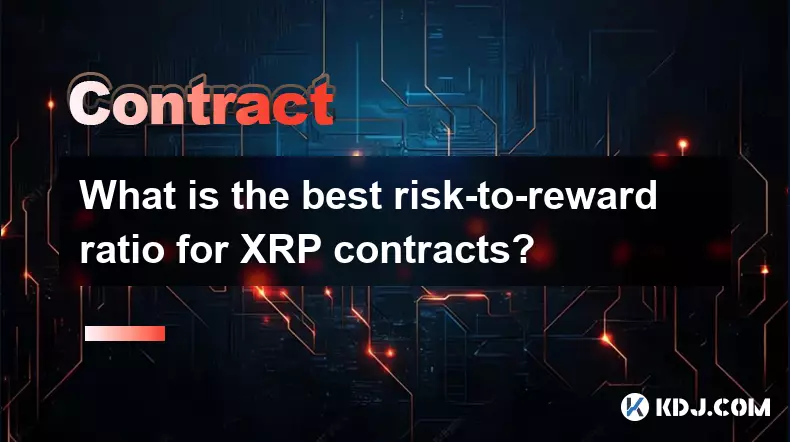
What is the best risk-to-reward ratio for XRP contracts?
Oct 11,2025 at 04:18am
Understanding Risk-to-Reward in XRP Futures Trading1. The risk-to-reward ratio is a fundamental metric used by traders to evaluate the potential profi...
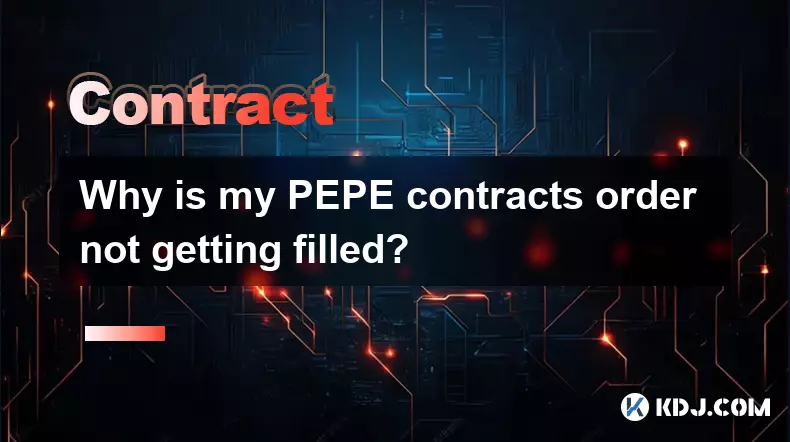
Why is my PEPE contracts order not getting filled?
Oct 12,2025 at 06:01pm
Understanding Liquidity Issues in PEPE Contracts1. Low liquidity is one of the primary reasons a PEPE contract order may not get filled. Many meme-bas...

Is it better to trade Dogecoin contracts or spot?
Oct 12,2025 at 04:54pm
Understanding Dogecoin Spot Trading Mechanics1. Spot trading involves the direct purchase and ownership of Dogecoin at the current market price. Trade...
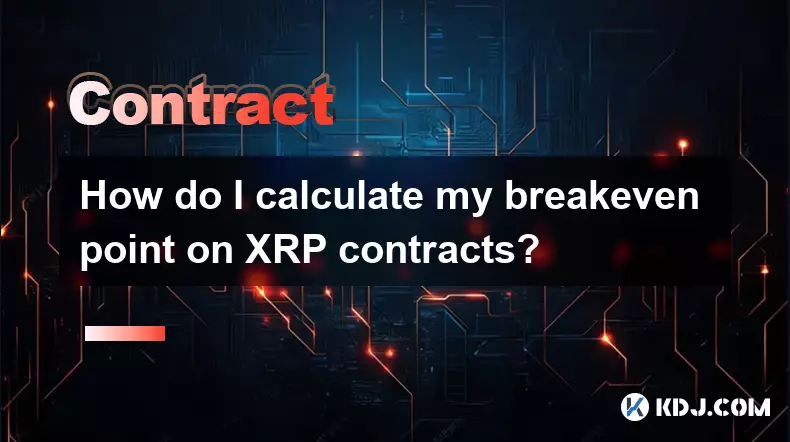
How do I calculate my breakeven point on XRP contracts?
Oct 09,2025 at 08:36pm
Understanding the Breakeven Point in XRP Futures TradingCalculating the breakeven point for XRP contracts is essential for traders who engage in futur...
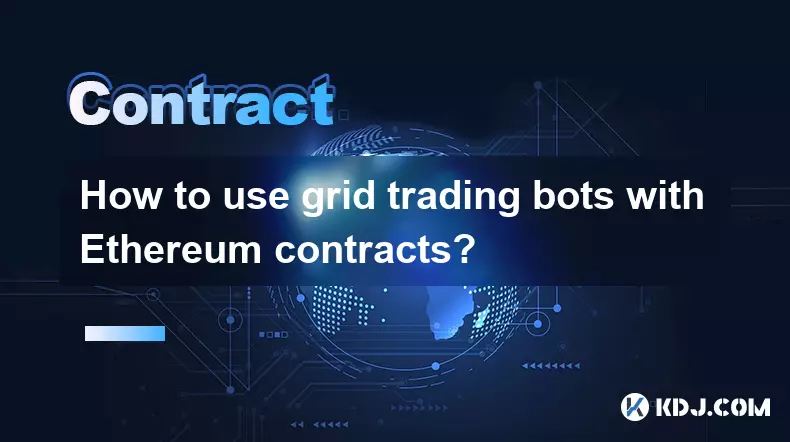
How to use grid trading bots with Ethereum contracts?
Oct 12,2025 at 05:01am
Understanding Grid Trading Bots in the Context of Ethereum1. Grid trading bots operate by placing a series of buy and sell orders at predetermined pri...

How to calculate the ROI for Ethereum contracts?
Oct 09,2025 at 04:36pm
Understanding Ethereum Contract ROI Basics1. Return on Investment (ROI) for Ethereum contracts begins with tracking the initial capital deployed into ...

What is the best risk-to-reward ratio for XRP contracts?
Oct 11,2025 at 04:18am
Understanding Risk-to-Reward in XRP Futures Trading1. The risk-to-reward ratio is a fundamental metric used by traders to evaluate the potential profi...

Why is my PEPE contracts order not getting filled?
Oct 12,2025 at 06:01pm
Understanding Liquidity Issues in PEPE Contracts1. Low liquidity is one of the primary reasons a PEPE contract order may not get filled. Many meme-bas...

Is it better to trade Dogecoin contracts or spot?
Oct 12,2025 at 04:54pm
Understanding Dogecoin Spot Trading Mechanics1. Spot trading involves the direct purchase and ownership of Dogecoin at the current market price. Trade...

How do I calculate my breakeven point on XRP contracts?
Oct 09,2025 at 08:36pm
Understanding the Breakeven Point in XRP Futures TradingCalculating the breakeven point for XRP contracts is essential for traders who engage in futur...

How to use grid trading bots with Ethereum contracts?
Oct 12,2025 at 05:01am
Understanding Grid Trading Bots in the Context of Ethereum1. Grid trading bots operate by placing a series of buy and sell orders at predetermined pri...
See all articles























![[4K 60fps] Anyway by Retropt (1 Coin) [4K 60fps] Anyway by Retropt (1 Coin)](/uploads/2025/10/13/cryptocurrencies-news/videos/k-fps-retropt-coin/68ec4f42a41d0_image_500_375.webp)


















































